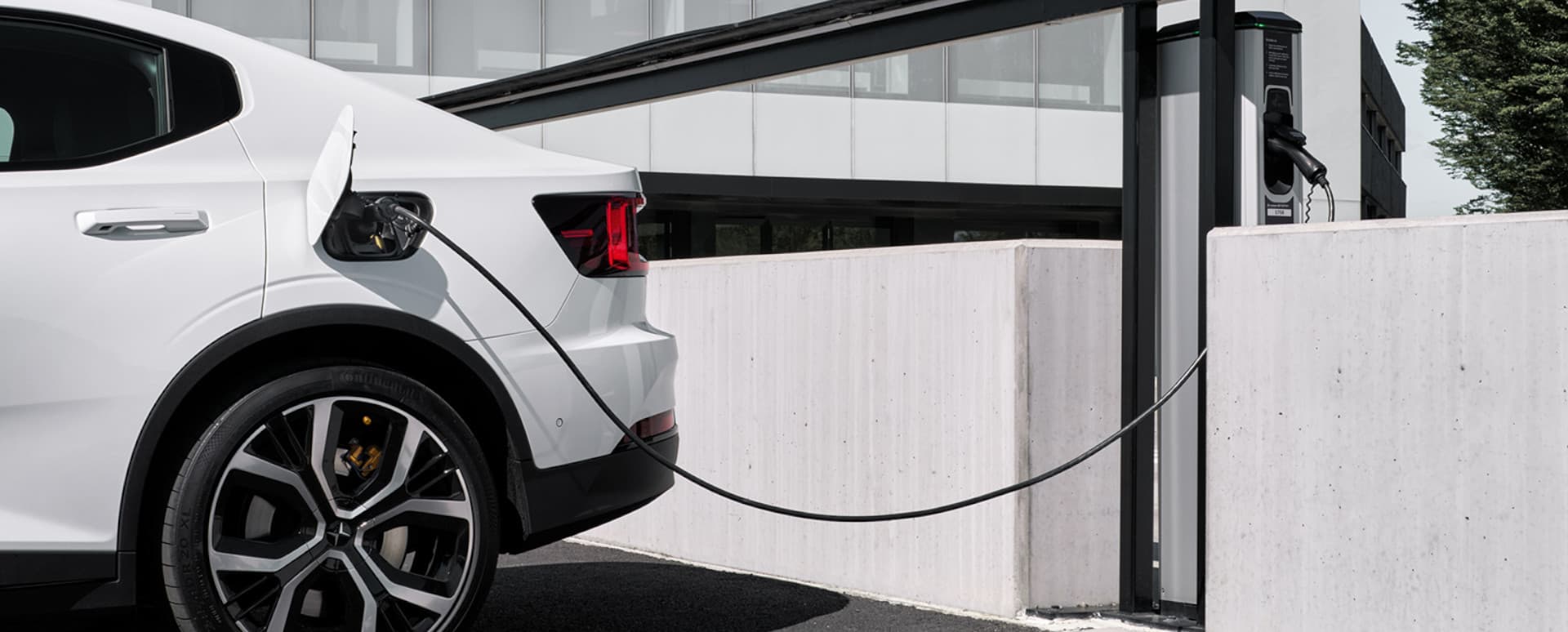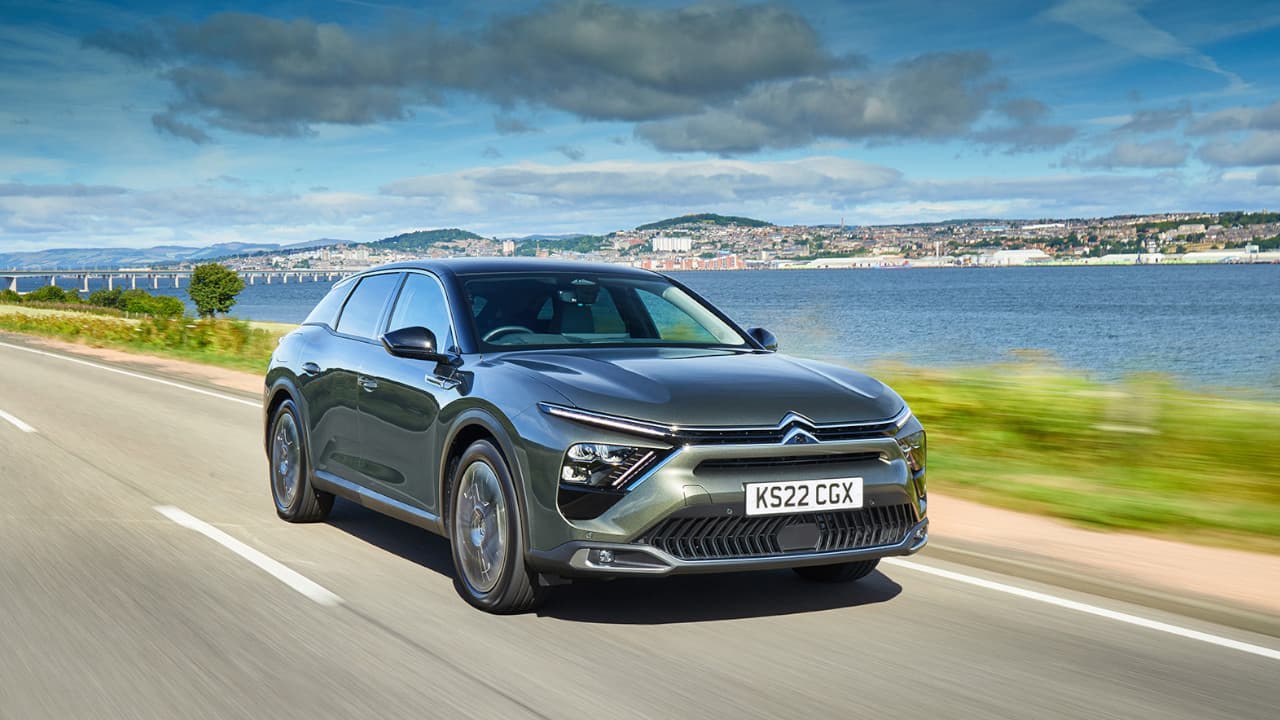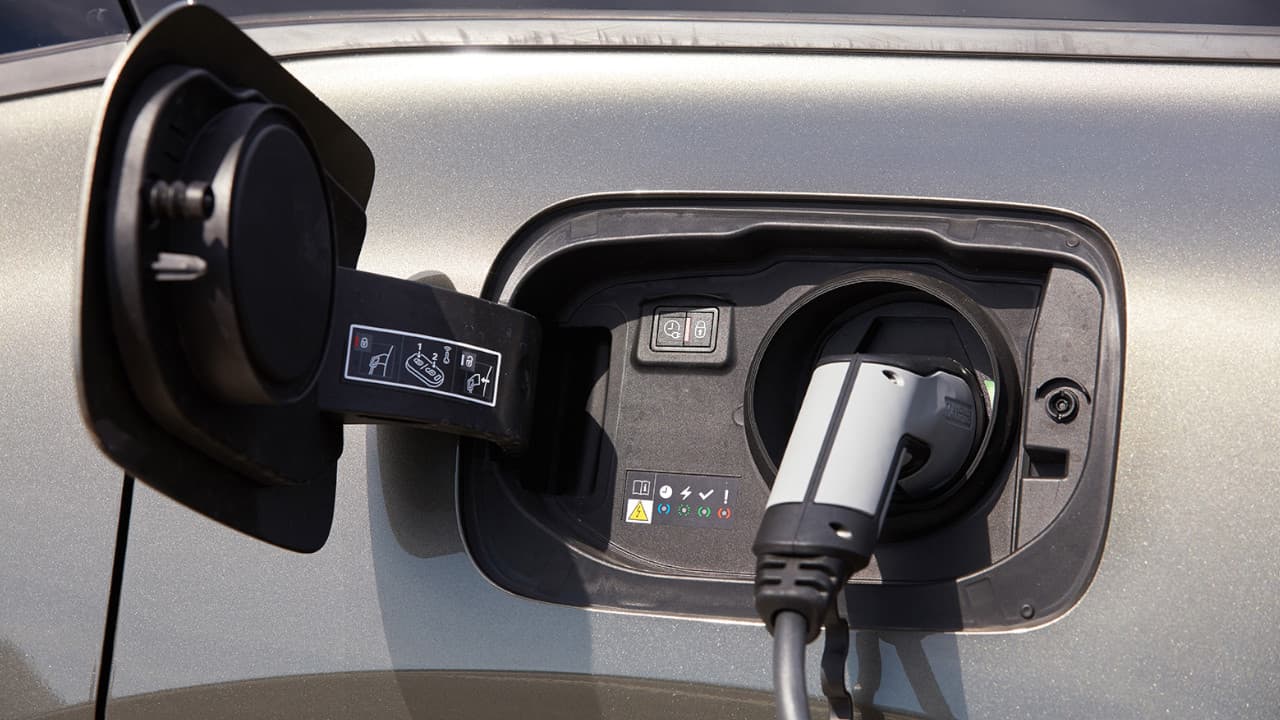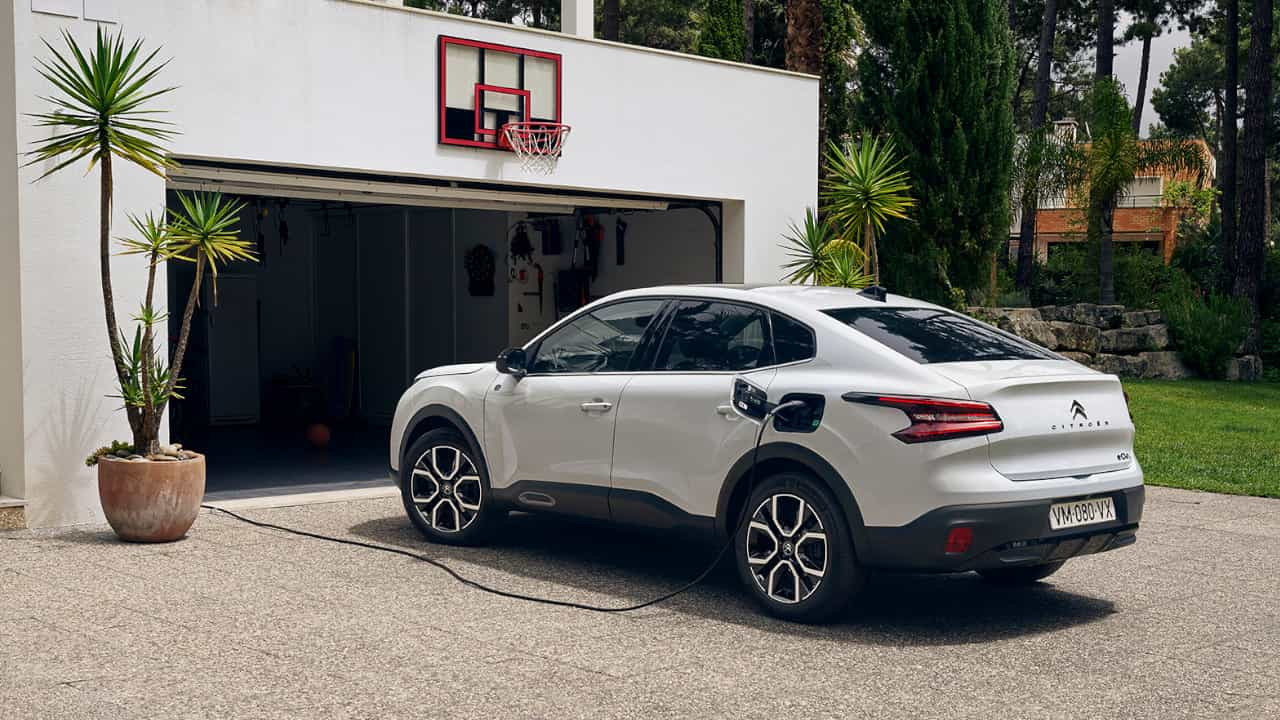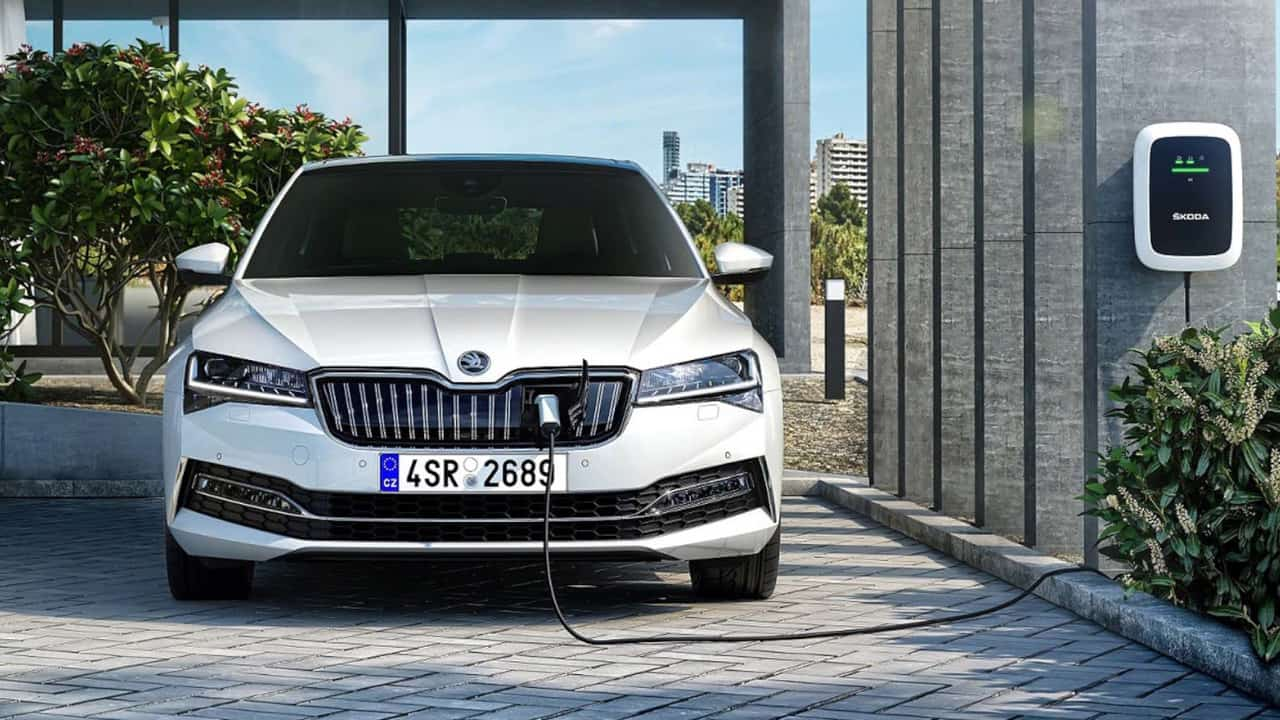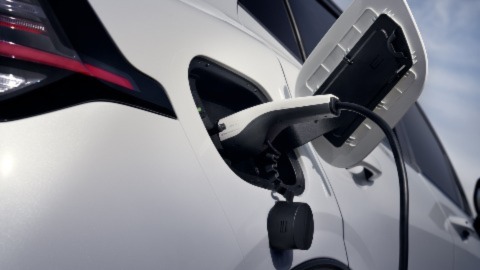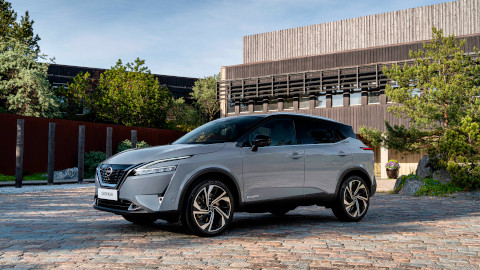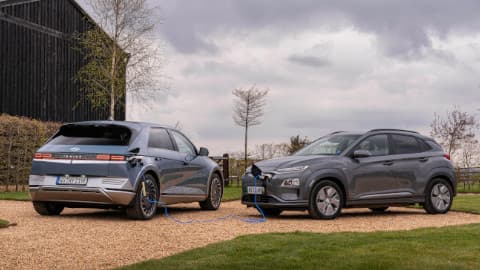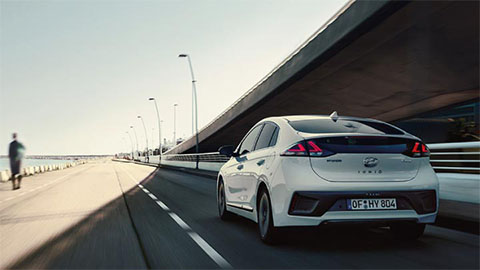Electric Vehicle Charging: Everything You Need to Know
23rd Dec 2022
Step-by-step guide to charging your electric car
Electric cars have come on leaps and bounds in recent years, which has been reflected in the growing numbers we're seeing on Britain's roads. There are a range of options if you're still considering going electric, such as plug-in hybrids, mild hybrids, full hybrids, and all-electric vehicles. A key element to consider when owning an electric or plug-in hybrid vehicle is how to charge it.
We've put together this handy guide that takes you through the process of charging your electric vehicle from start to finish.
- How does electric vehicle charging work?
- How to charge an electric car
- How do you pay for electric vehicle charging?
- How to charge an electric car at home
How does electric vehicle charging work?
The process of recharging an electric or hybrid vehicle may seem a bit odd to someone who's had a petrol or diesel car all their life, but it really is quite simple.
In the most basic terms, an EV charger pulls an electric current from an outlet or the grid it's wired to, and delivers the electricity to your car. It's the same principle as charging the battery on your phone, except it takes a bit longer, considering the battery is significantly bigger.
Your vehicle will alert you once it's running low on battery and will typically highlight your nearest charging stations on the infotainment system. Alternatively, you can input this information for yourself in the car's navigation system if it doesn't happen automatically.
There are different chargers available that you can use that will charge your vehicle at varying speeds; slow, fast, rapid and ultra rapid. These will offer different kWh amounts, resulting in the range of charging speeds.
How to charge an electric car
To make charging quicker, it's a good idea to familiarise yourself with the specifics of your model. You can use your vehicle's handbook to find out where the 'filler cap' is, what charging connection your car uses, and what the procedure is to unplug your vehicle from the charger.
As a safety precaution, there'll be a process you need to follow to disconnect your vehicle, which will be outlined in the manual. For example, some cars require you to press the 'unlock' button on your key fob before removing the charging connector.
Here are the steps you will need to take in order to recharge the battery in your car:
- Find the 'filler cap' on your vehicle.
- Carefully follow the instructions on the charging station you're using, as there are a number of providers that operate slightly different from each other.
- Select the required charging inlet for your car, depending on what charging connection your vehicle uses.
- Remove the inlet from the holder and plug it into the car's port.
- Your car will now display the charging status on its infotainment system/or dashboard. Typically, the vehicle will display how long you have to wait until the battery is fully charged.
- Once the charging is finished, you can unplug the connector using the procedures set out in the car's manual.
It's really as simple as that. All you have to do after that is get back on the road and enjoy the rest of your journey.
How do you pay for electric vehicle charging?
Charging providers have different ways of doing things when it comes to paying to charge your vehicle.
Some options include subscriptions for individual charging providers, pay-as-you-go using contactless at the charging station, and even membership cards that can be topped up and used when needed.
An alternative that's becoming more popular is Zap-Pay, an app that has multiple charging providers all in one place, making it much more convenient for electric drivers. Not all charging providers are signed up, but there's still a variety that have paired with the app to make charging payments simpler.
There are also some free charging points that can be used, but these aren't as common as drivers would like, and are mainly found in supermarket car parks.
How to charge an electric car at home
Charging an electric car at home is really easy thanks to charging points that can be installed in your home. There's also grants available for these wallbox chargers as an added incentive to go electric.
If you don't have a wallbox charger installed, you can actually charge your car using a standard domestic 3-pin socket and an EVSE cable. However, a dedicated charging point is the best and most efficient option for home charging.
Something to consider with home charging is your electric provider. Some will offer different tariff options to make electric rates cheaper at certain times of the day, for example overnight when you would usually charge your car.
Go electric with Evans Halshaw
The charging process isn't that difficult when you think about it. There's no denying that there are more steps compared to fuelling a traditional petrol or diesel-powered vehicle, but the recharging process is hardly the inconvenience many believe it to be.
If you wish to learn more about electric vehicles because you're considering one for your next car, then take a look at our hub page. We also have plenty of handy information on electric and hybrid vehicles in the dedicated electric section of our blog.

